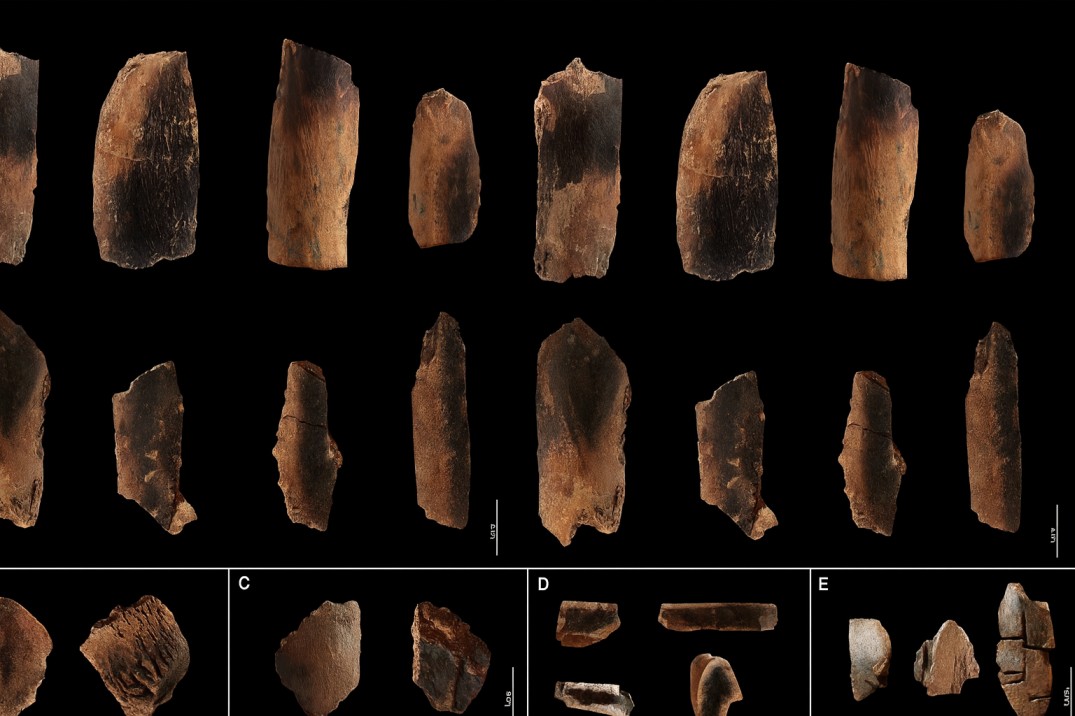Early Humans Used Fire 1 Million Years Ago
Dr. Miki Ben-Dor and Professor Ran Barkai — 16 May 2025, Frontiers in Nutrition
Observations by Dr. Ben-Dor
“For early humans, fire use was not a given, and at most archaeological sites dated earlier than 400,000 years ago, there is no evidence of the use of fire. Nevertheless, at a number of early sites there are clear signs that fire was used, but without burnt bones or evidence of meat roasting. We understand that early humans at that time—mostly Homo erectus—did not use fire regularly, but only occasionally, in specific places and for special purposes. The process of gathering fuel, igniting a fire, and maintaining it over time required significant effort, and they needed a compelling, energy-efficient motive to do so.”
Research Analysis
The researchers examined existing literature on all known prehistoric sites dated between 1.8 million and 800,000 years ago where there is evidence of fire use.
Findings
They identified nine such sites around the world, including Gesher Benot Ya’aqov and Evron Quarry in Israel, six sites in Africa, and one in Spain.
Relevant to UPSC PYQs
Section 1.6 — Phylogenetic Status and Cultural Behaviour of Early Humans
Q.1. What are the physical and cultural characteristics of Homo erectus? Discuss its phylogenetic status. (20 Marks / 2021)
→ directly relevant to Ben-Dor & Barkai’s focus on Homo erectus and its occasional fire use.
Q.2. Describe the culture related to Homo erectus. (15 Marks / 2018)
→ asks for cultural behaviour like tool use and possible fire control.
Q.3. Describe the salient characteristics and geographical distribution of Homo erectus. (15 Marks / 2015)
→ matches the nine-site global evidence of early fire use mentioned in the 2025 paper.
Q.4. Asian Homo erectus. (10 Marks / 2014)
→ includes Evron Quarry (Israel) and other Old-World sites studied in the paper.
Section 1.8 — Principles of Prehistoric Archaeology and Cultural Evolution
Q.5. Discuss the Palaeolithic environment, in light of available evidence with special reference to India. (15 Marks / 2023)
→ relates to early archaeological sites and the environmental conditions affecting fire use.
Q.6. Discuss briefly the major traditions in the Upper Palaeolithic cultures of Europe. (15 Marks / 2019)
→ provides comparative context for behavioural innovations such as controlled fire.
Section 1.4 — Human Evolution and Emergence of Man
Q.7. Explain the biological changes that made human beings capable of making cultures. (20 Marks / 2018)
→ conceptually linked to the energy-efficient motives behind mastering fire.





